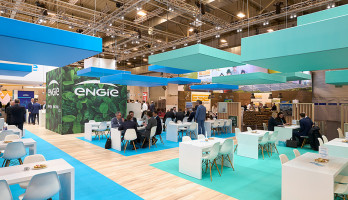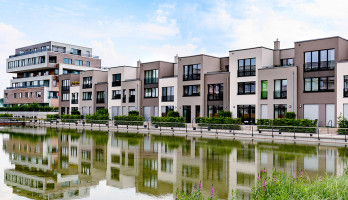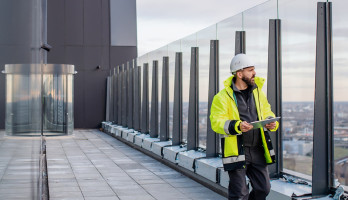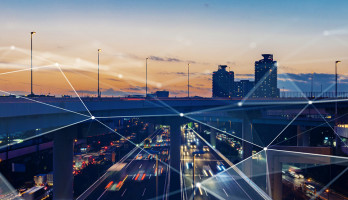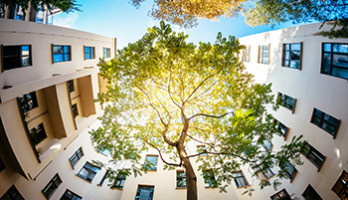
Smart lighting and its potential for cities
Approximately one third of the electricity costs of cities and municipalities in Germany can be attributed to lighting. Intelligent lighting in public spaces has huge potential to take another step towards zero carbon. Smart lighting solutions can significantly reduce CO2 consumption.
Obsolete lighting technology: High need for action in local authorities
Smart lighting is still rare in German municipalities. According to a survey, 60 percent of municipalities and cities do not yet have LED technology or only a low percentage. Research by the Central Association of the Electrical and Electronic Industries (ZVEI) revealed that around 33 percent of street lighting is still at the technical level of the 1960s. Meanwhile, the service life of many lighting systems has expired and the current lighting is cost-intensive and less energy-efficient – time for innovation. A sustainable and intelligent lighting concept for the public space must be achieved. The infrastructure can be modernized largely with zero cost via intelligent financing solutions, e.g. through lighting contracting.
Reduce CO2 and energy costs through smart lighting
The energy consumption of street lamps can be enormously minimized, so that the CO2 footprint is improved and energy costs are saved. There are various different parameters that can be adjusted. Mercury and sodium vapor lamps are a thing of the past – the increased use of LEDs reduces the wattage by about 50%.
Sensor-based intelligent light management also allows the duration of the lighting to be adjusted and thus up to 40% energy can be saved. At night, when fewer people are on the road than in the evening hours and therefore less light is required, the intensity can be automatically adjusted via dim functions. This extends the service life and means that lamps need to be replaced less often.
LoRaWAN – indispensable for smart cities
At present, cities and municipal utilities are increasingly busy improving the quality of life of the inhabitants through the use of digital technologies. One option is to set up a LoRa network or integrate a Narrow-Band IoT (NB IoT) based technology. LoRa (Long Range Radio) technology is a special radio technology based on the LoRaWAN protocol. As an IoT network technology, LoRaWAN offers huge economic potential for the smart city by providing an intelligent monitoring and control infrastructure. LoRaWAN is characterized by high ranges and a dense network cover.
Via LoRa, controllers can be integrated into the street lighting, which gather information and usage data and forward them to a server. As a result, malfunctions on masts and lamp failures can be detected quickly. The maintenance costs are reduced enormously, which also considerably reduces the maintenance costs for the street lighting infrastructure. Maintenance will be proactive and frequent maintenance visits will be eliminated.
The ENGIE Strategy: Smart infrastructure in cities
Smart Lighting is an important component of a multifunctional system that ENGIE Deutschland offers to municipalities. These include intelligent controllers that can switch the lantern, light management systems that enable the streetlights to communicate with one another, and intelligent light control including remote access and monitoring. The lighting itself is only one of several systems. Another component is digital signage. Digital advertising space enables regional city advertising on the electronic signs that are attached to selected light poles. Online and outdoor advertising are combined and city information or advertising can be played out in real time. Revenue from advertising can serve as subsidies for the smart transformation. In addition, special messages can be switched on these screens, for example. On the basis of networked street lights, environmental data can also be measured and evaluated with the aid of sensors. Furthermore, safety functions on street lighting are conceivable, which detect events and trigger alarms. The construction of a 5G network for mobile telephony is also a major topic for the future. The ever-new smartphone technologies require an optimized network infrastructure. Here, the lighting masts can play a significant role, because they can be used for installing antennas
